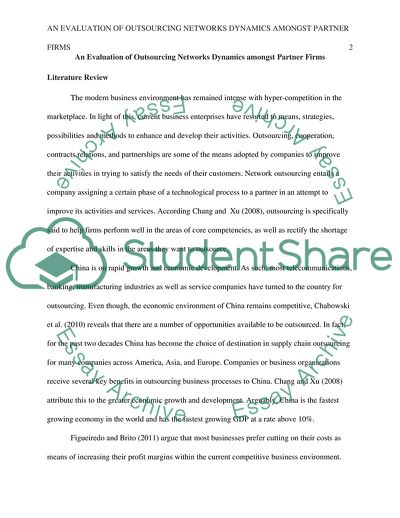Cite this document
(An Evaluation of Outsourcing Networks Dynamics amongst Partner Firms Literature review, n.d.)
An Evaluation of Outsourcing Networks Dynamics amongst Partner Firms Literature review. https://studentshare.org/marketing/1880440-an-evaluation-of-outsourcing-networks-dynamics-amongst-partner-firms
An Evaluation of Outsourcing Networks Dynamics amongst Partner Firms Literature review. https://studentshare.org/marketing/1880440-an-evaluation-of-outsourcing-networks-dynamics-amongst-partner-firms
(An Evaluation of Outsourcing Networks Dynamics Amongst Partner Firms Literature Review)
An Evaluation of Outsourcing Networks Dynamics Amongst Partner Firms Literature Review. https://studentshare.org/marketing/1880440-an-evaluation-of-outsourcing-networks-dynamics-amongst-partner-firms.
An Evaluation of Outsourcing Networks Dynamics Amongst Partner Firms Literature Review. https://studentshare.org/marketing/1880440-an-evaluation-of-outsourcing-networks-dynamics-amongst-partner-firms.
“An Evaluation of Outsourcing Networks Dynamics Amongst Partner Firms Literature Review”. https://studentshare.org/marketing/1880440-an-evaluation-of-outsourcing-networks-dynamics-amongst-partner-firms.


